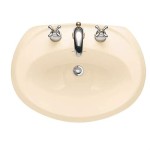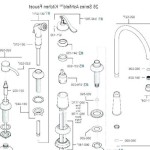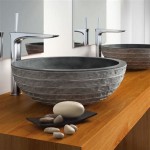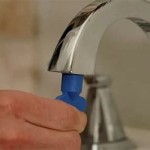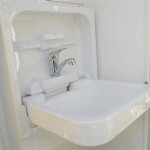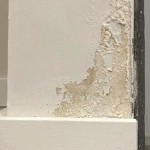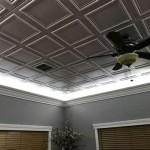Installing a Bathroom Fan Without a Duct: A Step-by-Step Guide
Installing a bathroom fan is a common home improvement project that can significantly improve ventilation and air quality. While most bathroom fans are designed to vent directly to the exterior of the house, it's possible to install a fan without a duct in certain situations. However, it's important to understand the limitations and considerations involved before proceeding.
Reasons for Installing a Bathroom Fan Without a Duct
There are several reasons why someone might choose to install a bathroom fan without a duct. These include:
- Existing Ductwork: If there's no existing ductwork for the bathroom fan, installing a duct could be costly and time-consuming. A ductless fan is a simpler, more affordable option.
- Limited Space: In some cases, there may not be sufficient space in the attic or walls to run a duct. Ductless fans provide a solution in these scenarios.
- Temporary Solutions: For temporary living situations or short-term rentals, a ductless fan can be a useful alternative to a fully ducted system.
However, it's crucial to remember that ductless fans are not as effective as ducted fans in removing moisture and odors from the bathroom. The lack of ductwork means the air is simply recirculated within the room, which can lead to humidity build-up and a less efficient ventilation system.
Choosing the Right Ductless Fan
The first step is to choose a suitable bathroom fan for your space. When selecting a ductless fan, consider the following factors:
- Size: The fan should be appropriately sized for the bathroom, with sufficient airflow to remove moisture and odors effectively. Look for fans with a high cubic feet per minute (CFM) rating.
- Noise Level: Ductless fans typically operate at a higher noise level than their ducted counterparts. Look for fans with sound ratings below 50 sones for quieter operation.
- Features: Some ductless fans come with additional features such as timers, humidity sensors, and lights. Choose a fan that meets your specific needs and preferences.
It's worth noting that many manufacturers recommend ductless fans only for small bathrooms with good natural ventilation. If your bathroom is large or poorly ventilated, a ducted fan is generally a better choice.
Installing a Ductless Bathroom Fan
Once you've chosen a suitable fan, follow these steps for installation:
- Locate the Mounting Point: Choose a location for the fan that is centrally located and allows for adequate airflow. Avoid placing the fan near windows or other vents that may interfere with its operation.
- Prepare the Mounting Surface:Ensure the mounting surface is clean and dry. If the surface is rough or uneven, apply a layer of sealant or caulk to ensure a secure and watertight seal.
- Install the Mounting Bracket: Use the provided screws or anchors to secure the mounting bracket to the wall or ceiling. Ensure the bracket is level for proper fan alignment.
- Connect the Electrical Wiring: Disconnect the power to the bathroom's electrical circuit before working on the wiring. Connect the fan's wires to the corresponding wires in the electrical box. Consult the fan's instruction manual for specific wiring instructions.
- Secure the Fan: Carefully attach the fan to the mounting bracket. Ensure the fan is securely fastened to the bracket and that all wires are properly connected.
- Test the Fan: Turn on the power to the circuit and test the fan's operation. Ensure the fan runs smoothly and that the light (if included) illuminates properly.
It's important to consult the fan's instruction manual for specific installation guidelines and to adhere to all local electrical codes.
Maintaining a Ductless Bathroom Fan
To maintain a ductless bathroom fan, follow these tips:
- Regular Cleaning: Clean the fan's blades and housing regularly using a damp cloth. Ensure the fan is off and unplugged before cleaning.
- Replace Filters: Some ductless fans have replaceable filters. Consult the fan's manual for instructions on replacing the filter.
- Inspect for Damage: Regularly inspect the fan for any signs of damage or wear. Replace any damaged components immediately.
Proper maintenance will ensure that your ductless bathroom fan operates efficiently and effectively for years to come.

How To Replace A Bathroom Exhaust Fan Without Attic Access 12 Step Guide Home Inspector Secrets

Broan Nutone 682 Duct Free Ventilation Fan

How To Install A Bathroom Fan Without Attic Access Atkinson Inspection Services

Broan Nutone Duct Free Wall Ceiling Mount Bathroom Exhaust Fan 682nt The Home Depot

How To Vent A Bathroom With No Outside Access

5 Reasons Bath Fans Have Such Poor Air Flow Energy Vanguard

How To Install A Bathroom Fan Without Attic Access

Blog

Broan Nutone Duct Free Wall Ceiling Mount Bathroom Exhaust Fan 682nt The Home Depot

5 Reasons Bath Fans Have Such Poor Air Flow Energy Vanguard
Related Posts
